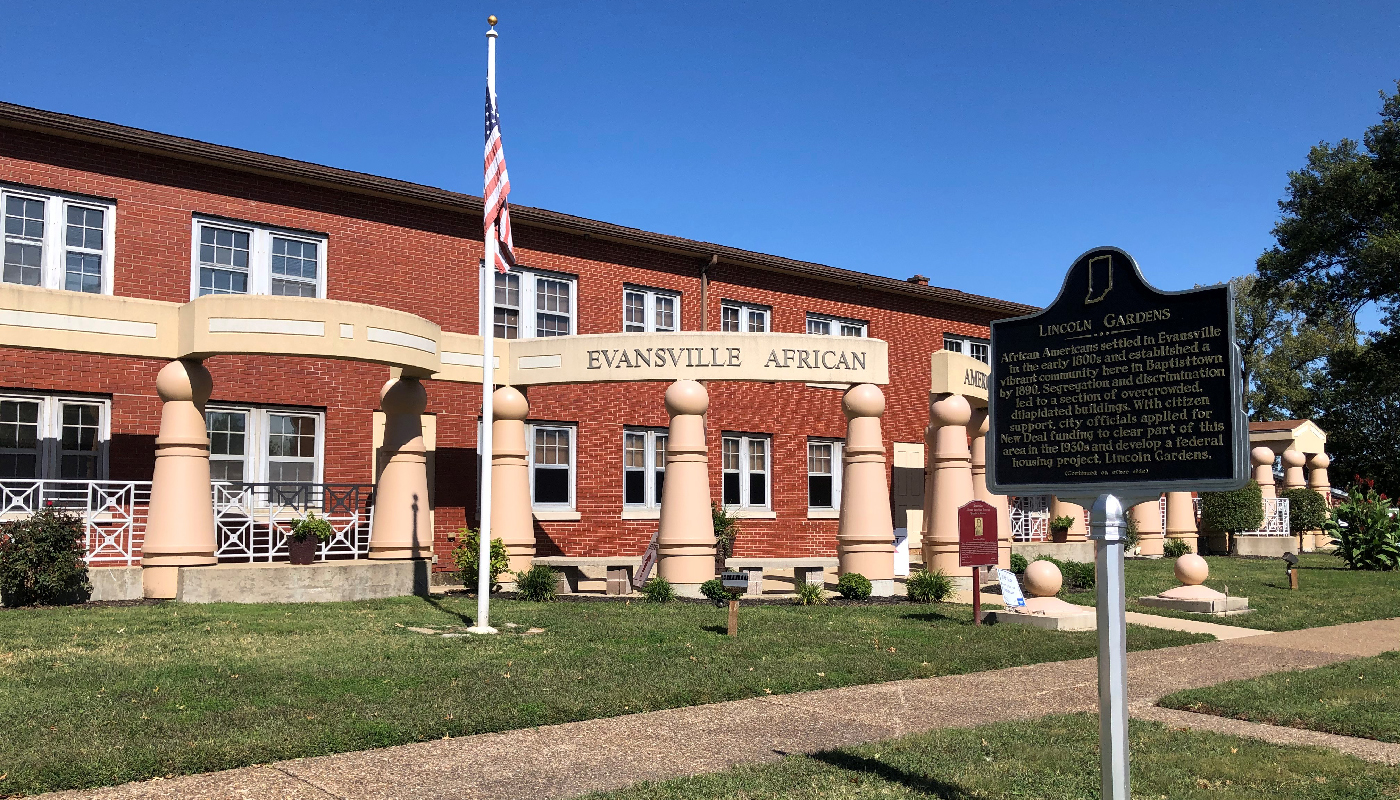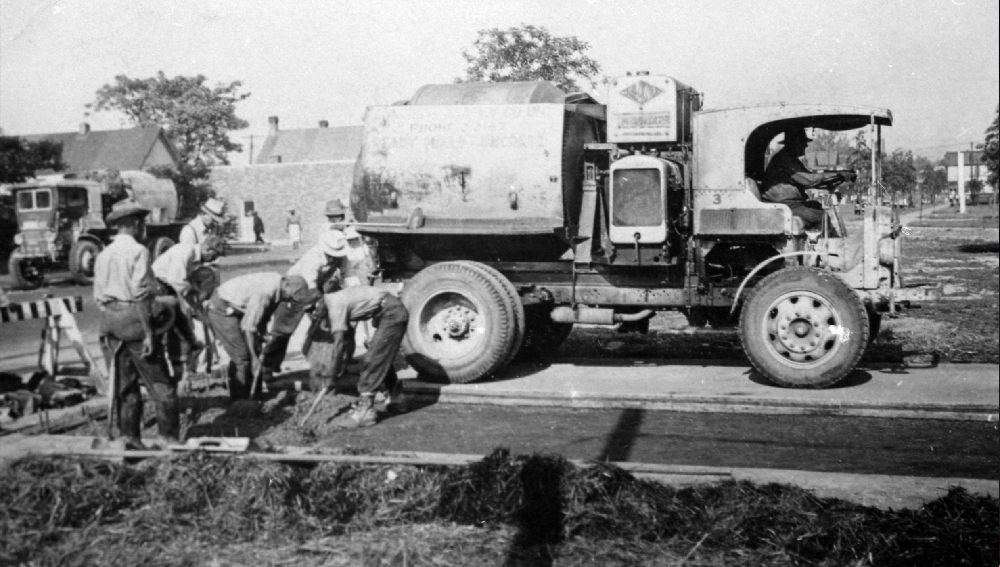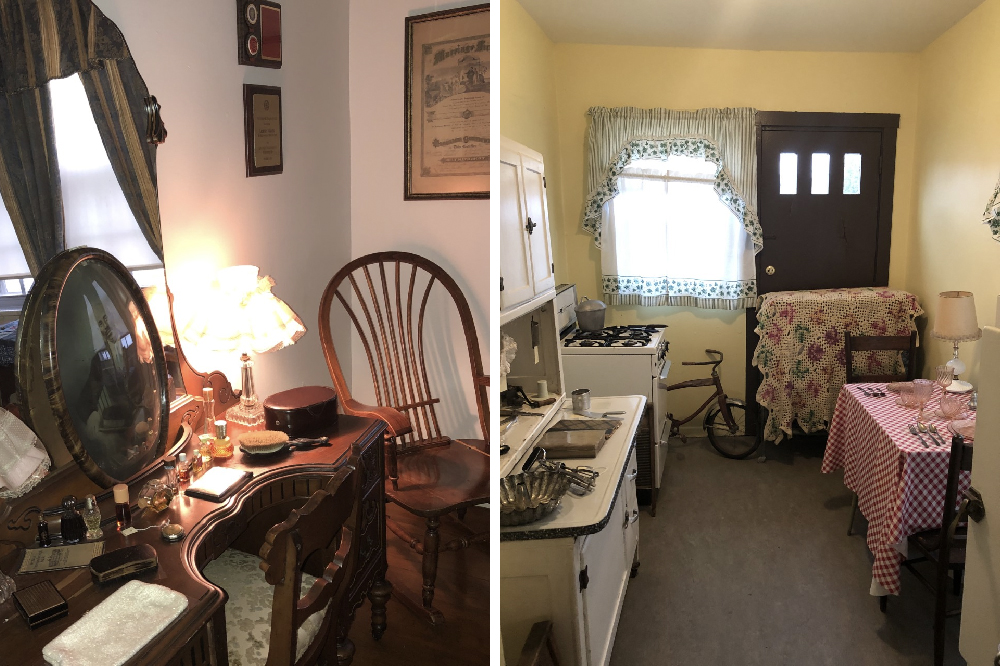NEWS
Evansville Marker is County’s First to Recognize African American History
In September, the Indiana State Historical Bureau dedicated a state historical marker commemorating Lincoln Gardens, the first New Deal housing project constructed specifically for African Americans.

Making a Mark
In November 1937, First Lady Eleanor Roosevelt traveled to Evansville to dedicate Lincoln Gardens, the second Federal housing project built under FDR’s New Deal, and the first built specifically for African Americans. Last month, the Indiana State Historical Bureau dedicated a state historical marker commemorating Lincoln Gardens, the first historical marker in Vanderburgh County recognizing African American history.
By 1938, Evansville held the largest concentration of African Americans in southern Indiana. The majority of its Black residents lived in an area known as Baptisttown, a thriving community where residents created their own schools, churches, civic clubs, hospital, and stores.
Over time, however, segregation and racism took their toll, leaving Baptisttown overcrowded and underserved. Though the City of Evansville demolished dilapidated structures and extended and repaved streets in the area, those efforts alone were not enough to accommodate the growing African American population or improve living conditions. To combat the situation, the community petitioned for federal housing.
In 1937, the City razed four city blocks — nearly eleven acres — of dilapidated housing to accommodate construction of Lincoln Gardens. Built through the Public Works Administration, the new housing project took shape across the street from Lincoln High School, the region’s only African American high school, built in 1928.

Workers laying concrete for Lincoln Gardens in Evansville. (Photo: University of Southern Indiana, Rice Library Digital Collections)
The new complex of 16 buildings opened on July 1, 1938, and quickly became the center of African American life in the city. Managed by and for African Americans, Lincoln Gardens included 191 homes for 500 residents, five rooms for recreation and education, and wide landscaped lawns. Doctors, lawyers, teachers, and merchants who lived in and around Lincoln Gardens served Baptisttown residents, and during World War II, Lincoln Gardens’ United Service Organization (USO) welcomed African American troops excluded from other local USOs.
By the 1990s, Lincoln Gardens – then neglected and in disrepair – faced demolition. Sondra Matthews, the editor and publisher of Evansville’s Our Times Newspaper and former Lincoln Gardens resident, sought to save the landmark to preserve the history of the former center of economic life of Baptisttown and educate the public about the prosperity that grew from it.
She organized a small group of former residents to purchase one of the apartment buildings from the Evansville Housing Authority for $1, repurposing the site as the Evansville African American Museum. The organization received its 501c3 status in 1999, and the museum opened to the public in 2007, highlighting Evansville’s African American history and culture through interactive exhibits, talks, live performances, and special events. The museum features an apartment furnished as it might have been during Lincoln Gardens’ heyday.

(Photos courtesy of Evansville African American Museum)
The full text of the historical marker reads:
“African Americans settled in Evansville in the early 1800s and established a vibrant community here in Baptisttown by 1890. Segregation and discrimination led to a section of overcrowded, dilapidated buildings. With citizen support, city officials applied for New Deal funding to clear part of this area in the 1930s and develop a federal housing project, Lincoln Gardens. Opened in 1938, Lincoln Gardens provided low-cost housing managed by and for African Americans. During WWII, occupants started a club for African American service members barred from the local USO. Lincoln Gardens served as a community center for decades. Saved from demolition, this building opened as the Evansville African American Museum in 1999.”
A grant from Indiana Landmarks’ African American Heritage Fund and matched by the Evansville African American Museum supported installation of the marker.
For more information about the Indiana Historical Marker Program, visit www.IN.gov/history.
Stay up to date on the latest news, stories, and events from Indiana Landmarks, around the state or in your area.
